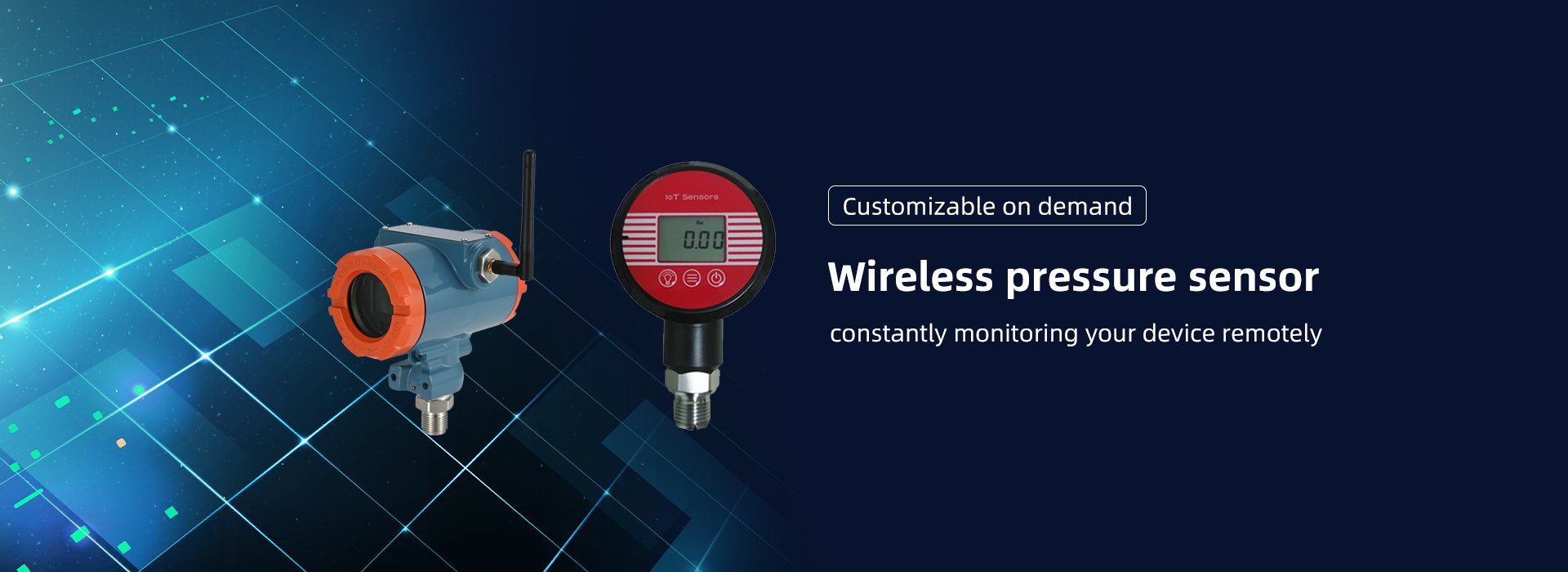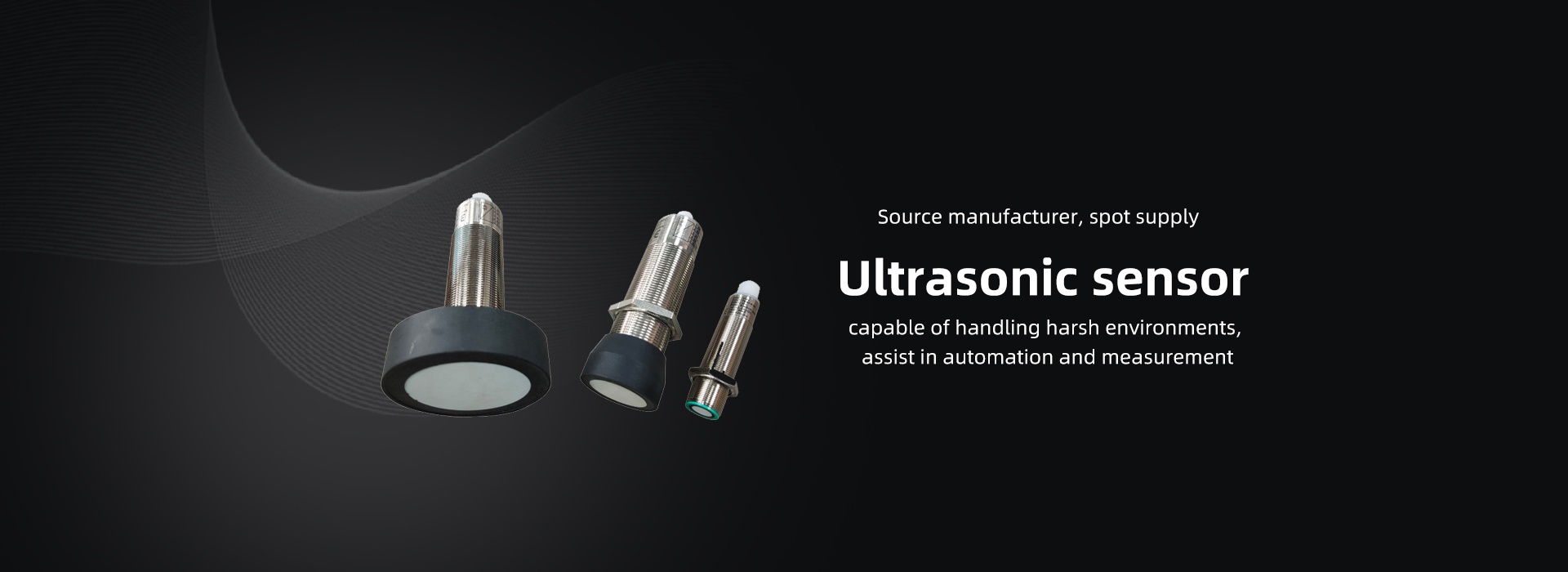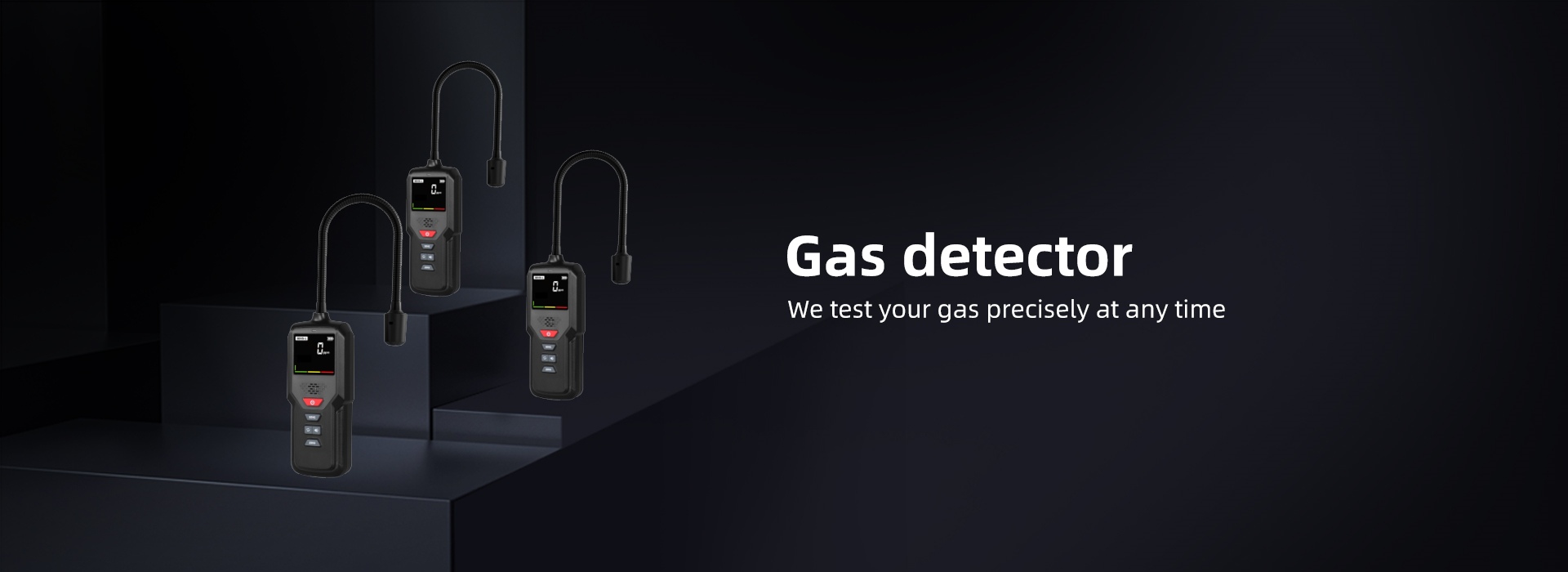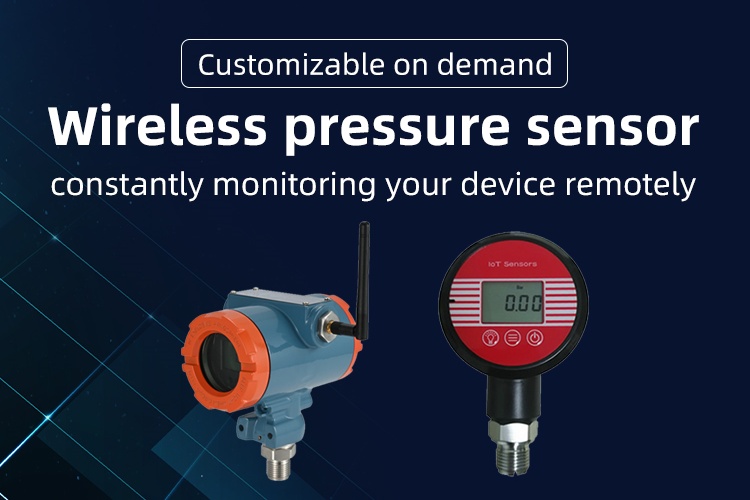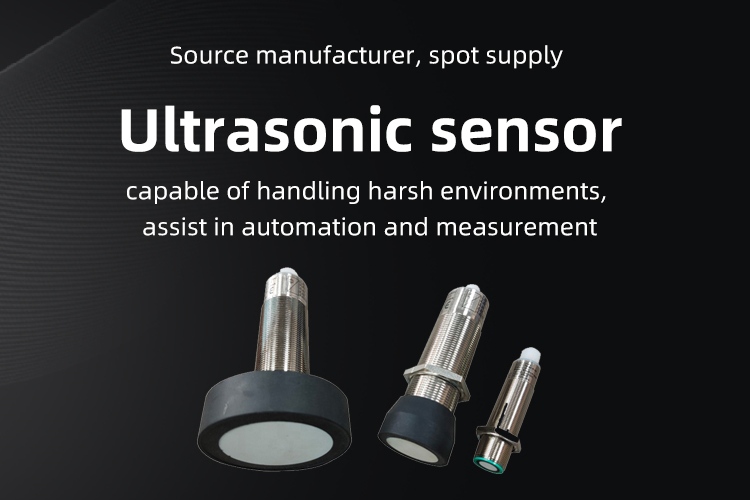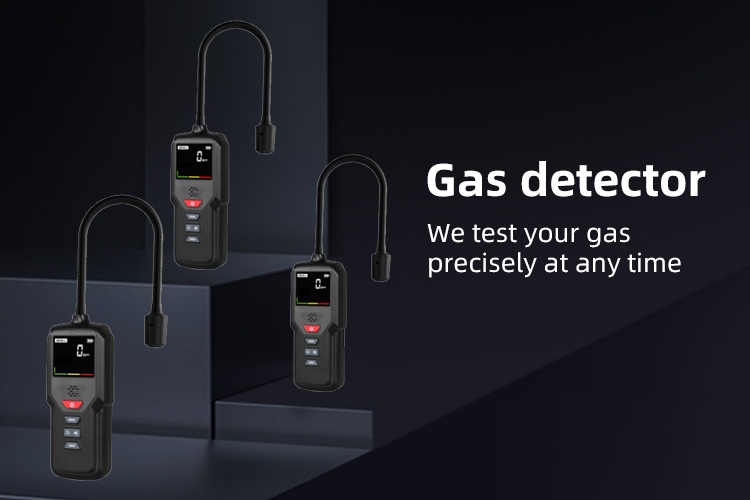
-
Home
- About Us
- Products
- Application scenarios
- Download
- News
The poles selection of variable reluctance resolver
2025-10-22Here is a detailed consideration and step-by-step process for selecting the pole number of a variable reluctance resolver
Core Principles
The fundamental function of the pole number: The pole number determines the number of electrical cycles output by the resolver within one mechanical cycle.
Single Pole (1X): One full rotation corresponds to a 360° electrical angle change. It can only determine the absolute position within the 0~360° range but cannot distinguish which specific rotation it is.
Multiple poles (nX): One full rotation results in an electrical angle change of n × 360°. It can "amplify" one mechanical rotation into n electrical rotations, significantly improving resolution and absolute positional accuracy within a single mechanical cycle.
Three Key Factors in Selecting the Number of Poles
1. System Accuracy and Resolution Requirements
This is the most direct driving factor. The required precision directly determines the minimum number of minimum poles needed.
Calculation formula:
Mechanical angular resolution ≈ 360° / (number of poles × resolution bits of the calculation chip)
For example, using a 10-bit (1024 resolution) resolver-to-digital converter (RDC):
Single pole (1X): Resolution ≈ 360° / 1024 ≈ 0.35°
Four Poles (4X): Resolution ≈ 360° / (4 × 1024) = 360° / 4096 ≈ 0.088°
Conclusion: At the same RDC resolution, the higher the pole count, the smaller the minimum mechanical angle change the system can feedback, resulting in higher precision.
2. Match the pole number of the servo motor
This is a crucial point in the servo system, directly affecting the performance and efficiency of control.
Core requirement: The pole number of the resolver must be equal to that of the servo motor.
Why?
1). Electrical Angle Alignment: The servo drive needs to know the absolute position of the rotor's magnetic field (i.e., the electrical angle) to apply correct vector control and generate maximum torque. The electrical angle cycle of the motor is related to its number of pole.
2). Synchronization: The electrical angle cycle of the resolver must be perfectly synchronized with the electrical angle cycle of the motor. If the motor has 4 poles, its electrical cycle for one full rotation is 2 (4 poles correspond to 2 N-S pairs, and a complete electrical cycle is 360° electrical angle, corresponding to one magnetic pole pair). Therefore, the resolver must also have 4 poles so that its output electrical cycle can correspond one-to-one with the motor's own electrical cycle.
3). Avoid complex conversions: If the number of pole does not match, the drive requires additional non-integer angle conversions, which introduce errors and complexity, degrade control performance, and may even cause step loss or jitters during startup.
How to determine the number of pole in a motor?
Check the motor nameplate or specification sheet.
Formula: Motor pole pair number = Motor pole number / 2. For example, an 8-pole motor has a pole pair number of 4.
3. Multi-turn Absolute Position Requirement
Single-pole (1X) resolver: It can only provide absolute position within one rotation. If the application requires knowing the total number of rotations the motor has made since the power-on position (i.e., multi-turn absolute position), a single-pole resolver alone cannot achieve this. An additional multi-turn battery module or a mechanical gear-type multi-turn absolute encoder must be used.
Multi-pole (nX) resolver: It essentially represents only an absolute position within a single rotation. To achieve multi-turn capability, additional battery modules or mechanical gear structures are required. The choice of poles does not directly affect the multi-turn capability here but determines the absolute position accuracy within a single rotation.
Selection Process
You can follow the following flowchart to systematically make choices:
A starts selecting the number of poles -->B determines the type of matching motor;
B -- Servo motor -->C Refer to the motor nameplate/specification sheet to obtain the number of motor poles;
C -- D selects the number of opposite poles of the rotary converter to be equal to the number of poles of the motor;
B - Ordinary motor/non matching scenario - E specifies system accuracy requirements;
E-F calculates the minimum required number of poles based on accuracy and RDC resolution;
F-G selects standard polar products within the accuracy range;
D&G-H confirms support for the solution system;
H-I completes the selection;
For examples
Scenario 1: High precision servo motor
Motor: Permanent magnet synchronous servo motor with 4 pole pairs (i.e. 8-pole motor).
Accuracy requirements: Used for high-precision CNC machine tools, requiring high dynamic response and smooth low-speed torque.
Selection: A 4-pole VR resolver must be selected. In this way, each electrical cycle output by the rotary converter corresponds to one electrical cycle of the motor, and the driver can directly use this signal for optimal field orientation control (FOC).
2. Scenario 2: Normal precision position feedback
Equipment: A low-speed rotating radar antenna or a joint of a robotic arm, using a conventional induction motor.
Accuracy requirement: Absolute position feedback is required, with a resolution requirement of 0.1 °.
Solution chip: using 12 bit (4096 resolution) RDC.
calculation:
Single pole resolution: 360 °/4096 ≈ 0.088 ° (meets requirements)
However, considering factors such as installation errors and signal quality, there may be some margin left. You can choose 2 pairs of poles to increase the theoretical resolution to 0.044 °, which will make the system more robust. In this case, the selection of the number of poles is mainly based on accuracy calculation, and there is no mandatory requirement to match the number of poles of the motor.
Other precautions
Support for Solution Chips (RDCs): Ensure that the RDC you choose can support the solution of multiple pairs of polar rotations. Most modern RDCs support programmable pole pair settings.
Signal frequency: The higher the number of poles, the higher the frequency (electrical frequency) of the output signal at the same speed. It is necessary to ensure that the RDC and subsequent circuits can handle this frequency. Formula: Electric frequency=(RPM/60) pole pairs.
Cost and availability: Generally, the higher the number of poles, the more complex the manufacturing process of the rotary variable, and the cost may also be slightly higher. Prioritize the selection of common and standardized polar products (such as 1, 2, 4, 5, 6, 8 polar) while meeting the requirements.
The simplest selection guide:
If used for servo motors, the answer in 99% of cases is: the number of poles of the rotary converter=the number of poles of the motor. This is the preferred and mandatory rule to follow.
If used for non servo motors or ordinary position detection, first calculate the required number of poles based on your accuracy requirements and the resolution of the calculation chip, and then select a suitable standard product within the required range.
MIC Metering provides various specifications of VR resolver. For detailed product information and requirements, please visit www.micmetering.com or contact us robert@micmetering.com .
- Previous:the fabrication of the matching layer for 200kHz gas ultrasonic flow sensors (transducers)
- Next:Already the last article
Links:
Service Hotline
+86 13923792185
Website:www.micmetering.com
Address:6th Floor, Block B, Area A, Qinghu Science and Technology Park, Longhua District, Shenzhen, Guangdong Province
Copyright © 2025 MIC Metering (Shenzhen) Limited 粤ICP备2025358196号-1 Cookies Policy-
Service Hotline
Service Hotline
+86 13923792185
-
WeChat

-
TOP
Our Cookie Usage Policy
Our website uses cookies and other similar technologies to distinguish you from other users of our website. This helps us provide you with a good experience when you browse our website and allows us to improve our website. For more information, please refer to our Cookie Policy. - About Us
